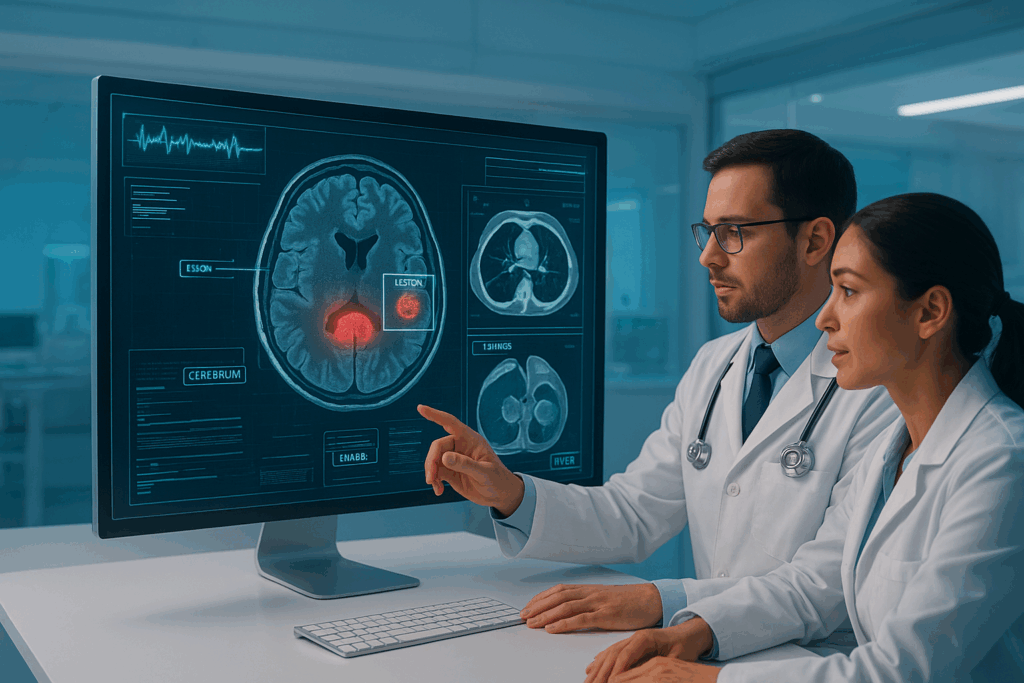The healthcare landscape is evolving, and traditional models often struggle to keep up. At MarTeck Solutions, we’re leveraging technology-driven virtual care and teleradiology to improve access, enhance outcomes, and reduce costs.
Our advanced annotation and labeling services play a crucial role in this transformation. By providing precise, high-quality medical image annotations, we help hospitals, clinics, and imaging centers accelerate diagnostics, improve accuracy, and enable faster clinical decisions.
Here’s how we make a difference:
- Improved Patient Outcomes: Accurate labeling allows healthcare providers to identify issues quickly and act decisively, leading to better patient care.
- Operational Efficiency: Streamlined workflows save time and reduce overhead, allowing your team to focus on what matters most—patients.
- Expanded Reach: High-quality data annotation supports telehealth and teleradiology initiatives, helping you serve patients anywhere, anytime.
At MarTeck Solutions, we empower healthcare organizations to deliver smarter, faster, and more effective care. Together, we can shape the future of healthcare.
